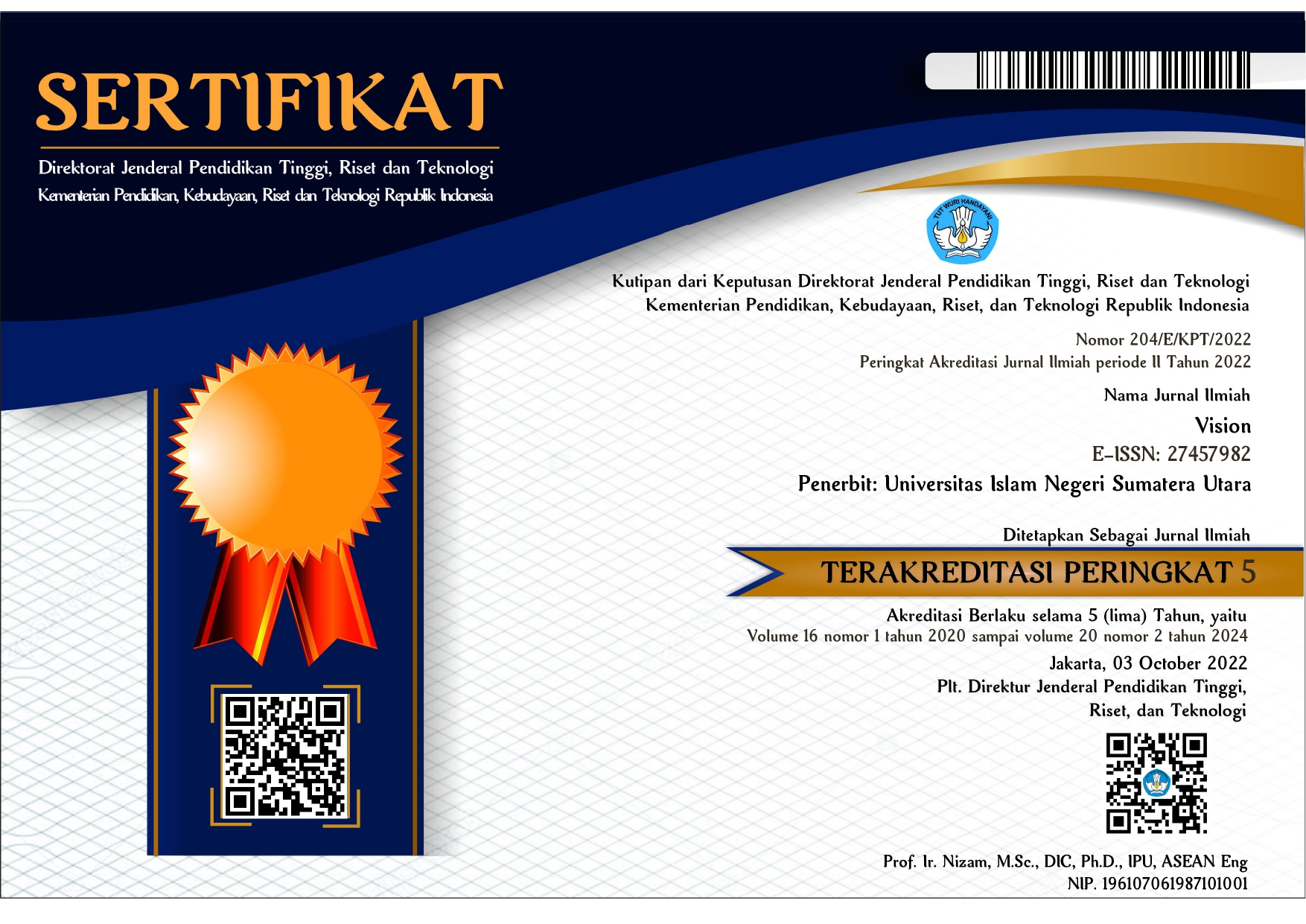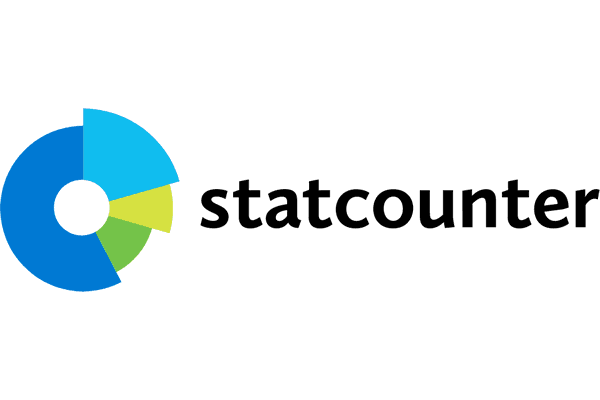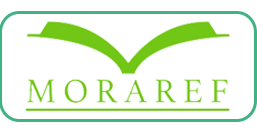STUDENTS’ PERCEPTIONS ON DEMOCRATIC CLASSROOM MANAGEMENT IN TERTIARY EDUCATION CONTEXT
Abstract
Keywords
Full Text:
PDFReferences
Cowley S. (2006). ‘Key Strategies and Techniques’ in Getting the Buggers to Behave, Continuum Press, London, UK, pp. 35-50.
Creswell, J. W. (2014). Research Design: Qualitative, Quantitative and Mixed Methods Approaches (4th ed.). Thousand Oaks, CA: Sage.
Çiftyürek, S. (2007). Söylem ve gerçek. F. Başkaya (Ed.), Demokrasi kavram sözlüğü I içinde (s. 127-133). Ankara: Türkiye ve Ortadoğu Formu Vakfı. Özgür Üniversite Yayınları.
Doğan, İ. (2005). Vatandaşlık demokrasi ve insan hakları. Ankara: PegemA Yayıncılık.
Eysenck, H. J., & Eysenck, M. W. (1985). Personality and individual differences: A natural science approach. New York: Plenum.
Freire, P. (1970). The Pedagogy of the Oppressed. New York: Herder and Herder.
Grasha, A. F. Grasha. (2002). Teaching with style. San Bernadino: Alliance Publishers.
Kocoska, J. (2009). The student’s position in the democratic classroom. Procedia Social and Behavioral Sciences 1, 2429–2431.
Köse, E. (2009). Okul öncesi öğretmenlerinin demokrasi anlayışlarının değerlendirilmesi (Erzurum ili örneği). Kastamonu Eğitim Dergisi,17(3), 871-880.
Morrison, K.A. (2008). Democratic Classrooms: Promises and Challenges of Student Voice and Choice, Part One. Educational Horizons, EJ815371, v87 n1 p50-60.
Papak. P., P., & Cepik, R. (2021) Democratic Style of Classroom Management in Pupil-Centered Teaching. Proceedings of EDULEARN21 Conference.
Russel, B. (2001). Eğitim üzerine (çev. N. Bezal). İstanbul: Say Yayınları.
Wraga, W.G. (1998). Democratic Leadership in the Classroom: Theory into Practice. ED427998, p. 14.
DOI: http://dx.doi.org/10.30829/vis.v18i2.2254
Refbacks
- There are currently no refbacks.
Copyright (c) 2022 VISION
















